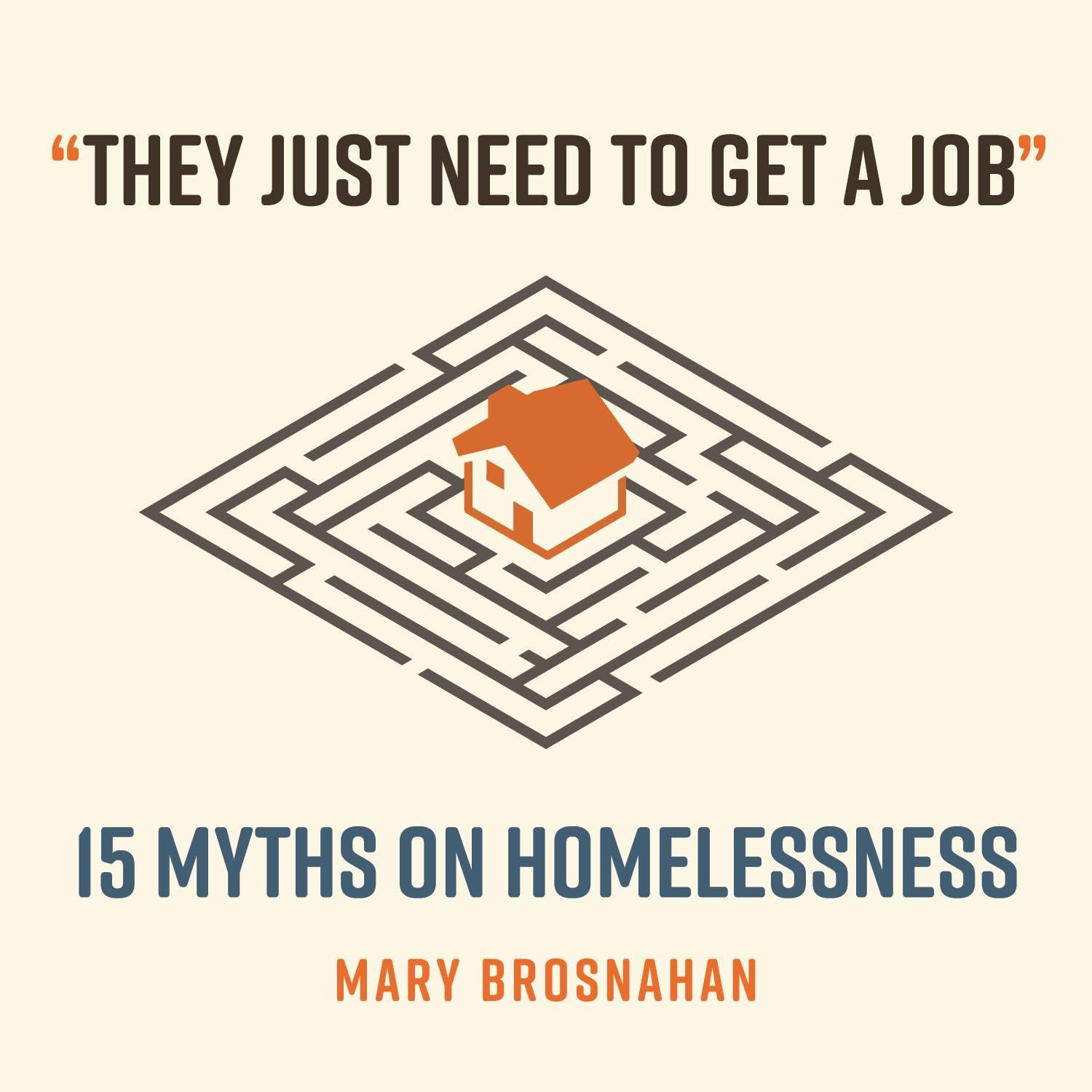What do you think?
Rate this book


Audible Audio
First published November 12, 2024
"Democratic support for the federal government's central role in providing affordable housing had diminished so thoroughly that, early on in negotiations to 'reform' welfare, to avoid the possibility of any outright veto being overridden, Clinton offered House Speaker Newt Gingrich the wholesale dismantling of the Department of Housing and Urban Development---the realization of a decades-long Republican dream."
"After famously not recognizing his own HUD secretary at a meeting of urban mayors (Samuel Pierce was Black), Reagan slashed HUD expenditures---both for public housing complexes and portable Section 8 vouchers---from $26 billion to $8 billion. It's impossible to overstate the significance of this carnage. If you are looking for the single, most significant factor that transformed US homelessness from a cyclical ebb-and-flow to a permanent fixture on the American landscape, this is it."